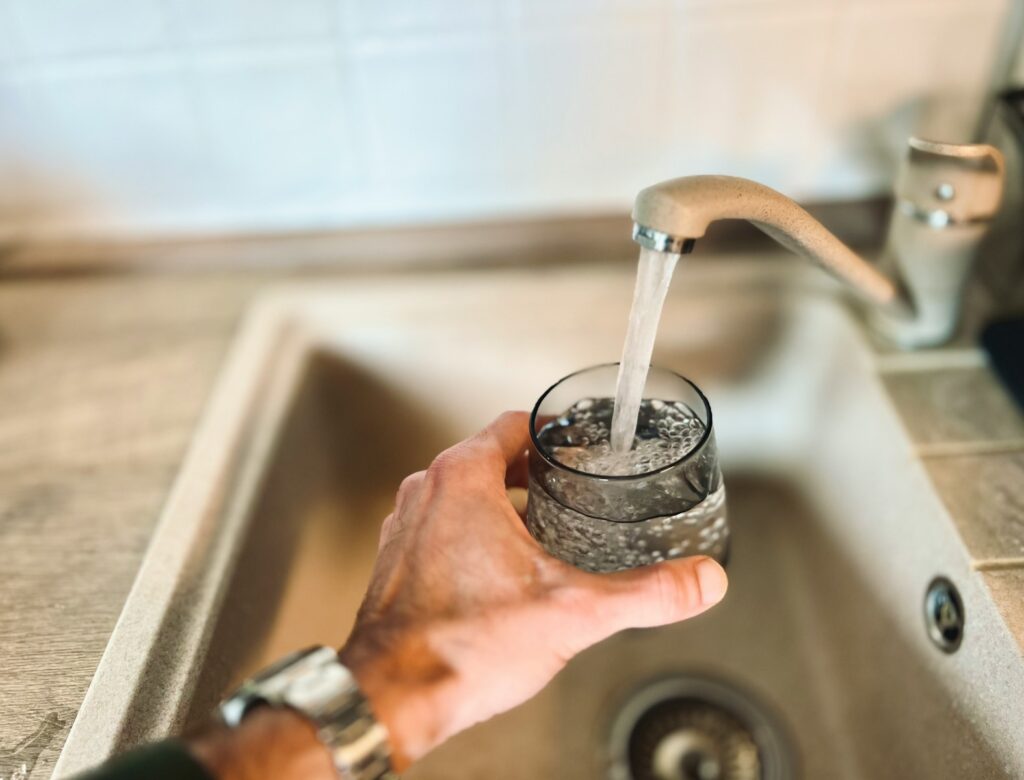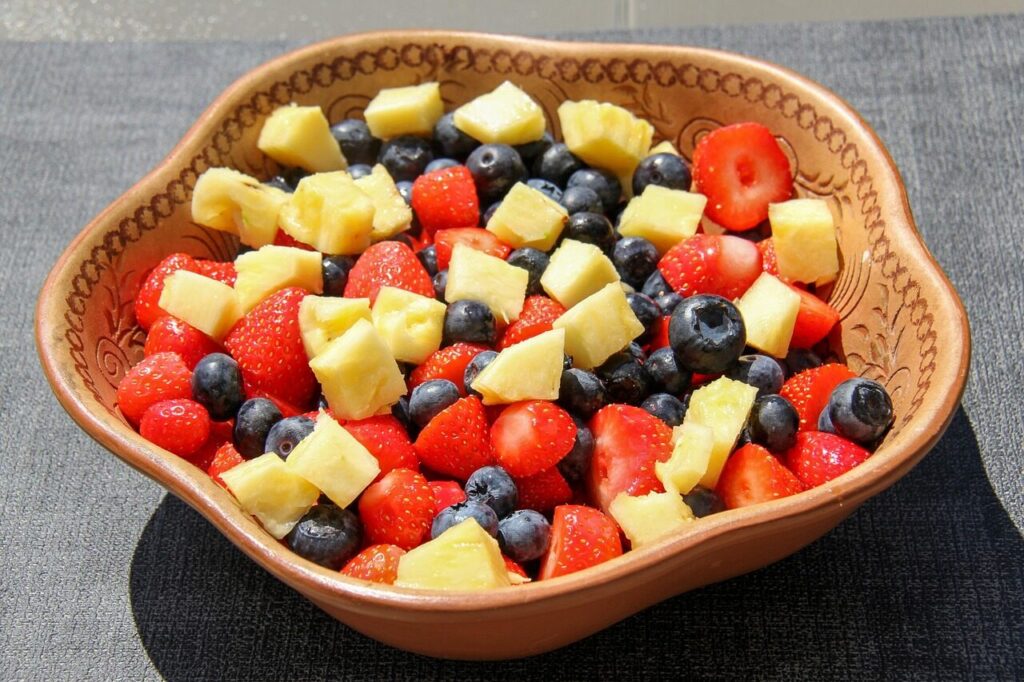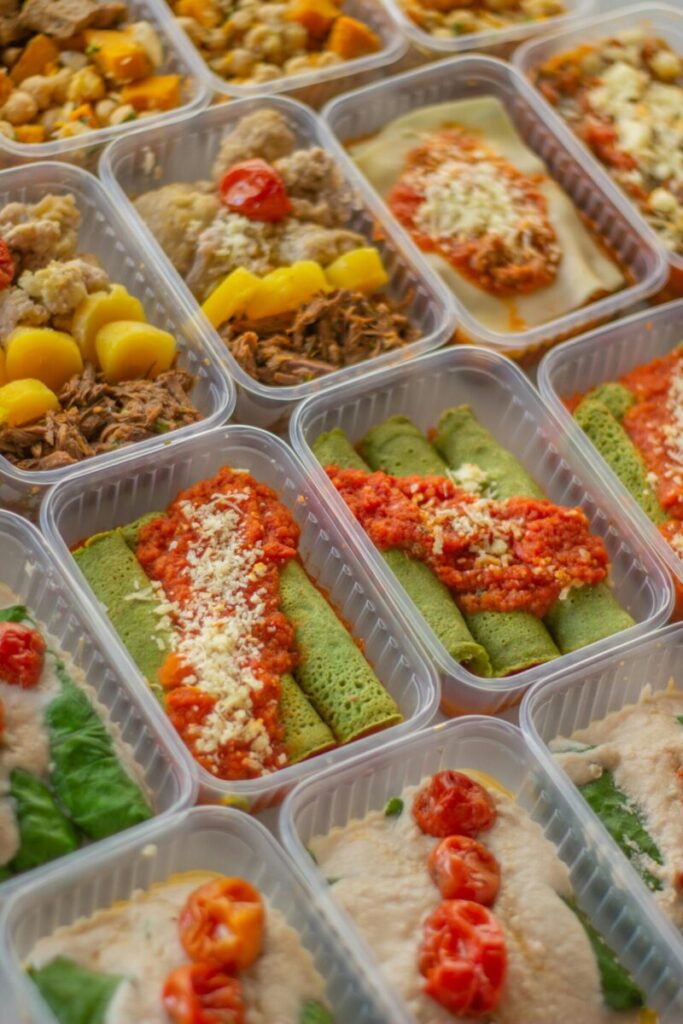Microplastics are tiny plastic particles less than five millimeters in size that have become almost impossible to avoid. They are found in bottled water, household dust, seafood, and even the air we breathe. Recent studies have shown that these particles can travel through the bloodstream and accumulate in vital organs, including the brain. While the long-term health impact is still being studied, researchers believe that microplastics may trigger inflammation and disrupt natural cellular functions. Fortunately, there are simple and science-backed habits that can help reduce your exposure and support your body’s natural detox processes. Here are five effective ways to limit microplastics and protect your health.
1. Choose Tap or Filtered Water Over Bottled Water

Switching from bottled to filtered tap water is one of the simplest and most effective ways to reduce microplastic intake. Studies show that bottled water can contain up to hundreds of thousands of plastic particles per liter, mainly from the packaging itself. In contrast, tap water often has fewer contaminants, especially when filtered using systems like activated carbon or reverse osmosis. Using a reusable bottle made of stainless steel or glass also prevents plastic leaching from disposable containers. Not only does this choice support your health, but it also contributes to reducing plastic waste in the environment.
2. Eat More Fresh Foods and Less Processed Meals

Processed and packaged foods are among the leading sources of microplastic exposure. During manufacturing, packaging, and transportation, tiny plastic fragments can transfer to the food we eat. Choosing fresh fruits, vegetables, whole grains, and home-cooked meals minimizes this risk. When shopping, opt for unpackaged produce or items wrapped in paper or biodegradable materials instead of plastic. Store leftovers in glass or stainless-steel containers rather than single-use plastics. Preparing your own meals not only allows you to control what goes into your food but also helps reduce unnecessary exposure to microplastics hidden in everyday packaging.
3. Use Natural Fibers Instead of Synthetic Fabrics

Clothing made from synthetic materials such as polyester, nylon, and acrylic sheds microfibers every time it is washed. These tiny fibers can end up in wastewater and eventually in the food chain. Choosing clothes made from natural fibers like cotton, wool, bamboo, or linen is a small but impactful step. You can also minimize microfiber shedding by washing clothes in cold water, using gentle cycles, and air-drying when possible. Installing a microfiber-catching laundry filter or using a special washing bag helps trap fibers before they reach the drain. By making thoughtful choices in your wardrobe and laundry habits, you help protect both your body and the planet.
4. Avoid Heating Food in Plastic Containers

When plastic containers are heated, they can release harmful microplastics and chemicals into your food. Even microwave-safe plastics may leach particles under high temperatures. Instead of reheating meals in plastic, transfer them to glass or ceramic dishes before microwaving. It is also best to avoid pouring hot liquids into disposable plastic cups or storing oily foods in plastic containers for long periods. These small adjustments greatly reduce your daily exposure to microplastics. Making the switch to safer materials like glass, stainless steel, or silicone does not just benefit your health but also promotes a more sustainable lifestyle that is gentler on the environment.
5. Eat Foods That Support Natural Detoxification

Supporting your body’s natural detox systems can help it eliminate microplastics and other toxins more efficiently. A fiber-rich diet that includes oats, legumes, leafy greens, and fresh fruits aids digestion and helps flush out waste. Antioxidant-rich foods like berries, citrus fruits, and green tea protect cells from damage and inflammation that may be linked to microplastic exposure. Staying hydrated also plays a key role, as water helps carry toxins out through urine and sweat. Regular physical activity further stimulates circulation and metabolic cleansing. Together, these habits strengthen your body’s resilience and support overall well-being in the face of modern environmental challenges.
Comments